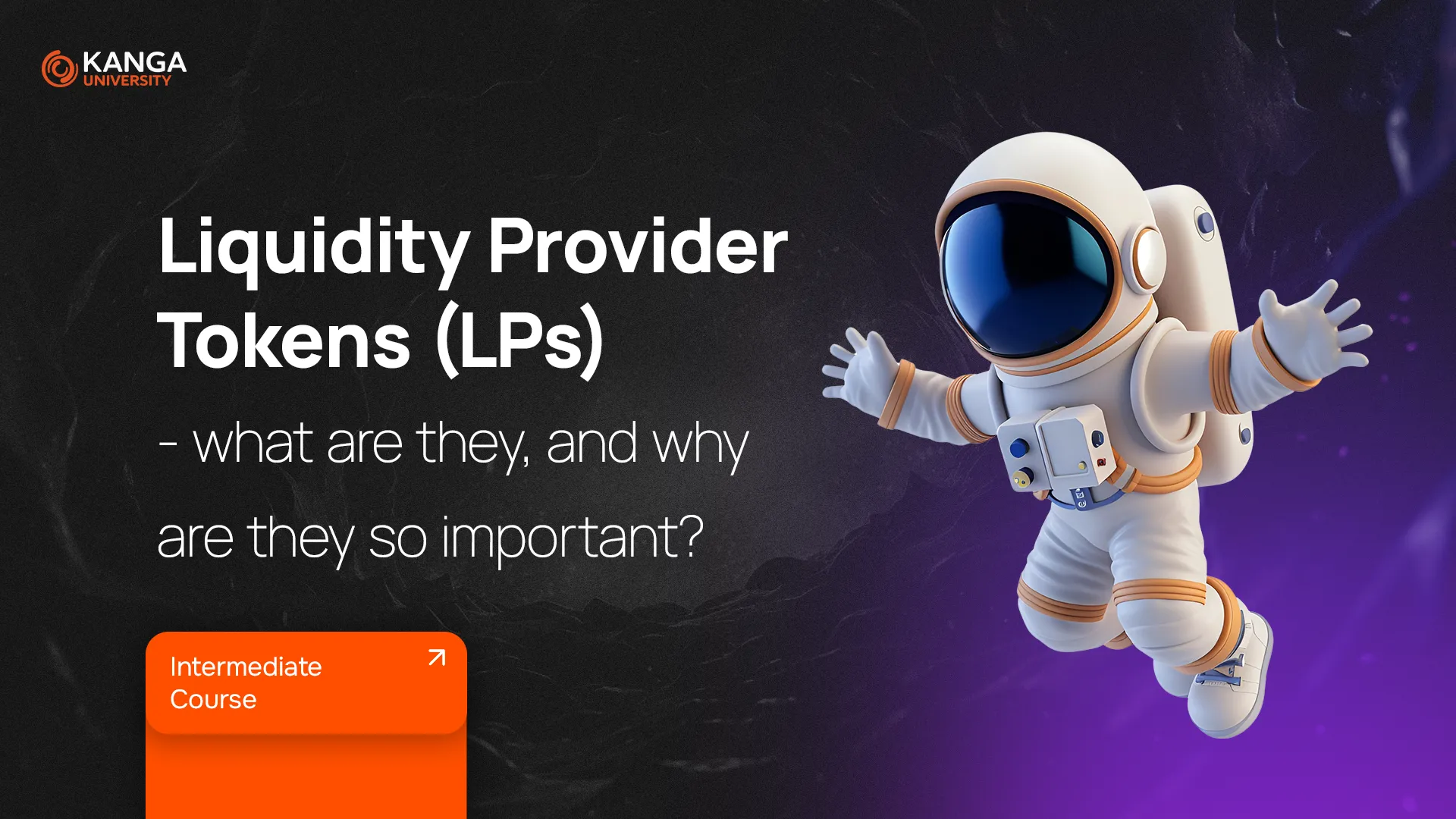
In decentralized finance (DeFi), there are no banks, no traditional brokers, and no middlemen. Instead, liquidity comes from regular users like you, who contribute their crypto assets to help others trade. In return, they receive Liquidity Provider Tokens (LP tokens)—a kind of digital proof that you’ve added value to the system.
If you’re looking to earn passive income in crypto, LP tokens are a key tool worth understanding.
Who Are Liquidity Providers?
Liquidity providers (LPs) are users who deposit pairs of crypto assets into liquidity pools on decentralized exchanges (DEXs). These pools allow other users to swap tokens easily.
In return for providing this service, LPs earn a share of the trading fees—and often get rewarded with additional tokens. It’s like earning a commission every time someone uses the pool you’ve helped build.
What Are LP Tokens and How Do They Work?
When you contribute to a liquidity pool—say, 50 USDT and 50 DAI—you receive LP tokens. These represent your share of the pool. If your deposit is 10% of the total value in the pool, your LP tokens reflect that 10% stake.
LP tokens can be:
-
held as proof of your liquidity share,
-
traded or transferred like other crypto assets,
-
staked to earn more rewards,
-
used in other protocols, for example in Initial DEX Offerings (IDOs).
They not only let you claim your share of the pool’s assets, but also entitle you to a portion of the fees generated from every trade in that pool.
What Are AMMs and Why Do They Matter?
Most decentralized exchanges are powered by Automated Market Makers (AMMs). These are algorithms that set prices and execute trades without the need for traditional order books.
Each trading pair (like ETH/USDC) has its own liquidity pool. AMMs ensure prices are updated automatically based on supply and demand—so that users can swap tokens instantly and fairly.
More liquidity means lower price slippage and better trading conditions.
LP Tokens in Action – Real-World Examples
-
Uniswap:
One of the most popular DEXs built on Ethereum. You deposit equal values of two ERC-20 tokens and get LP tokens in return. You can earn trading fees or stake those LP tokens for more rewards. -
Curve Finance:
Specializes in stablecoin pools (like USDC/DAI/USDT). Offers extra incentives through CRV tokens to users who stake their LP tokens.
How to Earn with LP Tokens: Staking and Yield Farming
-
Staking:
Locking your LP tokens in a protocol to earn additional rewards. You might receive new tokens (like governance tokens) as a reward for supporting the protocol. -
Yield Farming:
Moving your funds between different pools and platforms to maximize your return. For example, Compound rewards you with COMP tokens for lending or borrowing crypto—adding another layer of income.
Both strategies can boost your earnings but come with risks. Do your research before jumping in.
Risks of LP Tokens
-
Impermanent Loss:
If the price of one asset in your liquidity pair changes significantly, the value of your position may drop—even if the total pool grows. -
Locked funds:
Staked LP tokens aren’t always easy to withdraw immediately. You might miss out on other market opportunities. -
Smart contract vulnerabilities:
DeFi relies on code. If there’s a bug or exploit in the protocol, you could lose your funds. That’s why using trusted platforms is essential.
Summary
LP tokens are a cornerstone of DeFi. They reward you for helping decentralized platforms function smoothly. By contributing your crypto assets, you not only support the ecosystem but also open the door to passive income opportunities.
Just remember: understanding the mechanics, risks, and platform rules is essential before getting started with LP staking or yield farming.